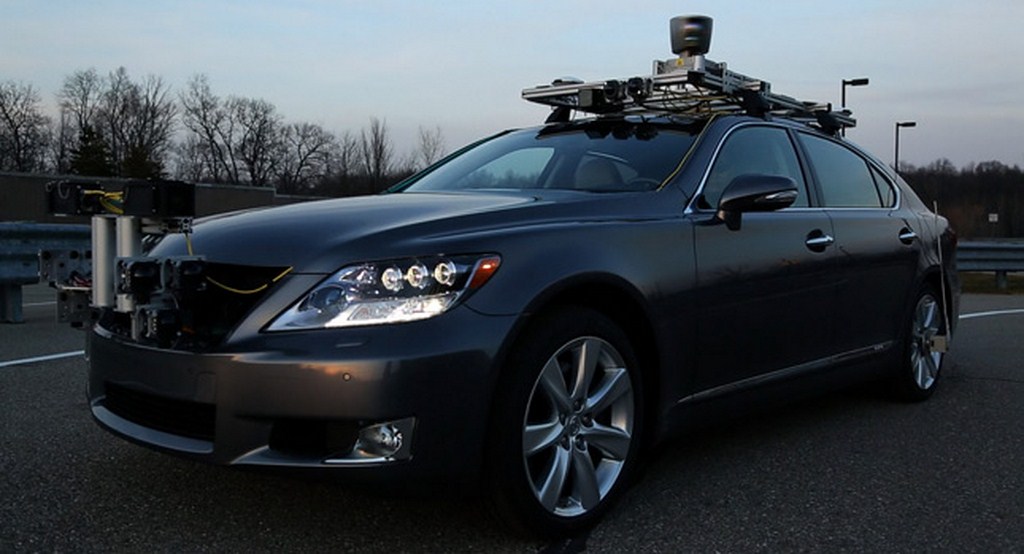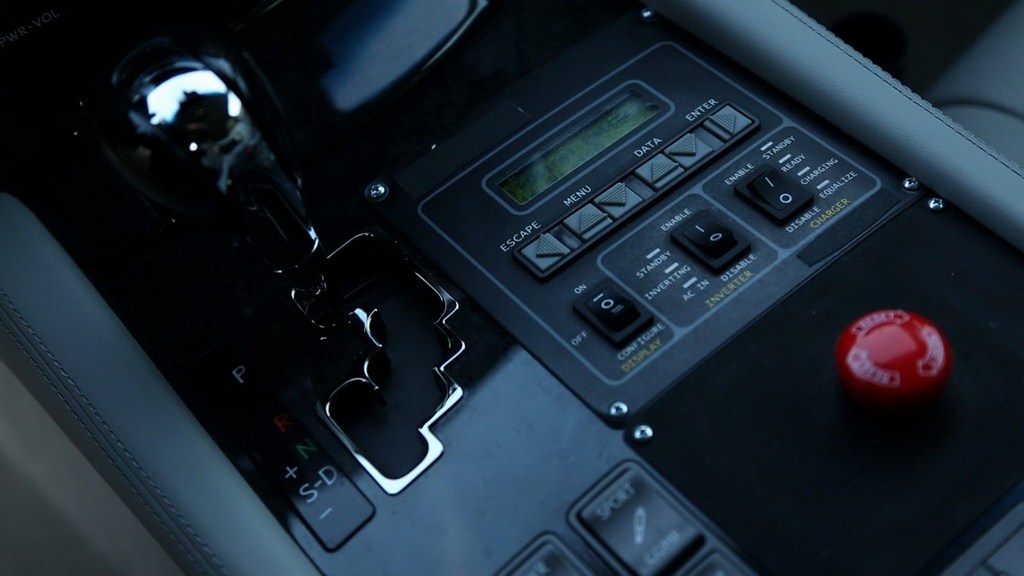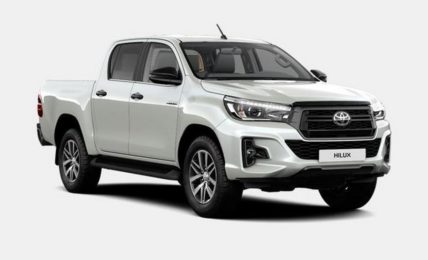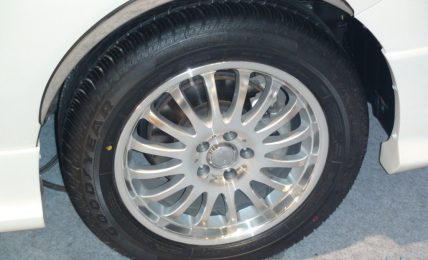Recently we had seen companies like Google and Continental running their prototype autonomous vehicles on the public roads of Nevada. Now, we can see automakers like Audi and Toyota in the race to develop their own autonomous or semi-autonomous vehicles. All manufacturers are using different types of technologies to build their autonomous cars. Google’s prototype uses expensive radars and lasers, whereas Continental uses high-tech equipments for their autonomous prototype.
Toyota with its luxury brand, Lexus, believes that the goal to reduce traffic accidents, injuries and fatalities can be achieved by providing active-safety features in the vehicle instead of fully-autonomous vehicles. At the 2013 Consumer Electronics Show (CES) in Las Vegas, Lexus showcased its LS Hybrid prototype equipped with driver- assist technologies. Lexus Vice President, Mark Templin believes that the driver of a car must be fully involved in all the processes of the vehicle. The automaker aims to provide a car that is well equipped with an intelligent system reducing the risk of collisions and providing hassle free driving.
The Lexus LS Hybrid prototype is equipped with a 360-degree LIDAR laser that detects objects up to 70 metres around the car, three HD cameras that detect objects up to 150 metres away, traffic light detection, approaching vehicles detection, radars that measure the location and speed of objects to create a complete field of vision at intersections, a distance measurement indicator measuring travel distance and speed of the car, an inertial measurements unit that measures acceleration and angle changes to adapt vehicle behavior, GPS antennas that estimate angle and orientation of the car.






